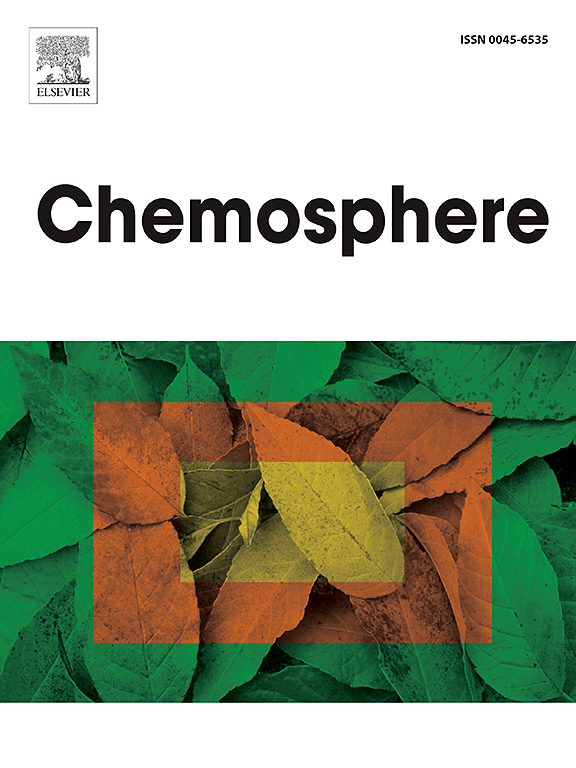Monitoring lead deposition around airports using bulk deposition samplers
IF 8.1
2区 环境科学与生态学
Q1 ENVIRONMENTAL SCIENCES
引用次数: 0
Abstract
Piston-engine aircraft that use leaded fuel represent the largest source of atmospheric lead in the United States. Lead levels are elevated in the atmosphere, soil, and in the blood of children that live close to and down-wind from airports. But statistical models examining the health effects of lead exposure near airports indicate that more refined and higher-resolution data are needed to better connect lead sources with human health effects. To address this, we tested the efficacy of bulk deposition samplers for quantifying the deposition of lead around Bellingham International Airport (BLI), an airport that is similar to approximately 1700 single-runway airports in the United States. We measured rates of lead deposition down-wind of BLI (4.8 μg Pb m−2d−1) that were twice as high as the average rate of lead deposition south and east of the airport and at a control site 6.7 km away from BLI (average rate, 2.3 μg Pb m−2d−1). The spatial pattern of lead deposition was consistent with prevailing winds and aircraft take-off trajectories during the sampling period. These data indicate that bulk-deposition samplers are useful for quantifying the rates and spatial distribution of lead deposition around airports. Their low cost, ease of deployment, and efficiency of sample collection indicate that bulk deposition samplers can generate the high-resolution data on lead deposition necessary for better assessing the transport direction of lead emissions from airports.

使用散装沉积采样器监测机场周围的铅沉积
使用含铅燃料的活塞发动机飞机是美国大气中铅的最大来源。空气、土壤和居住在机场附近或顺风处的儿童血液中的铅含量都有所升高。但是,检查机场附近铅暴露对健康影响的统计模型表明,需要更精细和更高分辨率的数据,以便更好地将铅源与人类健康影响联系起来。为了解决这个问题,我们测试了大量沉积采样器对贝灵汉国际机场(BLI)周围铅沉积的量化效果,该机场与美国约1700个单跑道机场相似。我们测量到的铅沉降率(4.8 μg Pb m−2d−1)是机场以南和以东以及距离BLI 6.7 km的对照点平均铅沉降率(2.3 μg Pb m−2d−1)的两倍。在采样期间,铅沉降的空间格局与盛行风和飞机起飞轨迹一致。这些数据表明,体沉积采样器可用于量化机场周围铅沉积的速率和空间分布。它们的低成本、易于部署和样品收集效率表明,大块沉积采样器可以生成关于铅沉积的高分辨率数据,这对于更好地评估机场铅排放的运输方向是必要的。
本文章由计算机程序翻译,如有差异,请以英文原文为准。
求助全文
约1分钟内获得全文
求助全文
来源期刊

Chemosphere
环境科学-环境科学
CiteScore
15.80
自引率
8.00%
发文量
4975
审稿时长
3.4 months
期刊介绍:
Chemosphere, being an international multidisciplinary journal, is dedicated to publishing original communications and review articles on chemicals in the environment. The scope covers a wide range of topics, including the identification, quantification, behavior, fate, toxicology, treatment, and remediation of chemicals in the bio-, hydro-, litho-, and atmosphere, ensuring the broad dissemination of research in this field.
 求助内容:
求助内容: 应助结果提醒方式:
应助结果提醒方式:


